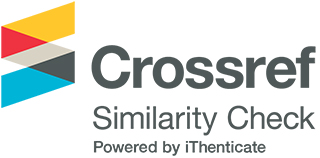Mocking the Canon: Irony, Subversion, and Play in Iconoclastic Portraiture
DOI:
https://doi.org/10.33422/ejbs.v6i4.1108Keywords:
iconoclasm, portraiture, parody, irony, subversionAbstract
This qualitative research paper examines how iconoclastic artists use techniques of irony, subversion, and play to undermine the conventions of traditional portraiture. Canonical portraiture aims to convey status and power through dignified representation. Iconoclastic portraiture rebels against this pretense through incongruous, caricatured, and role-reversed depictions designed to mock canonical norms. The paper analyzes selected artworks by Marcel Duchamp, Cindy Sherman, Yue Minjun, and others that exemplify iconoclastic approaches. Visual analysis reveals how incongruity introduces discordant elements to undercut meaning, caricature exaggerates features comically, and role reversal portrays subjects in undignified ways that contravene tradition. The paper interprets these techniques through the lens of postmodern theories of parody, carnivalesque inversion, and deconstruction. Findings demonstrate that by ironically mocking canonical conventions, iconoclastic portraiture destabilizes traditional hierarchies and reimagines portraiture as a critical, subversive art form. The research advances understanding of how iconoclastic artists deploy irony and play to contest establishment orthodoxies. This study elucidates iconoclastic portraiture’s aims and significances as a challenge to the canon’s pretensions and demonstrates humor and subversion as profound artistic strategies.
Additional Files
Published
Issue
Section
License
Copyright (c) 2023 European Journal of Behavioral Sciences

This work is licensed under a Creative Commons Attribution 4.0 International License.












